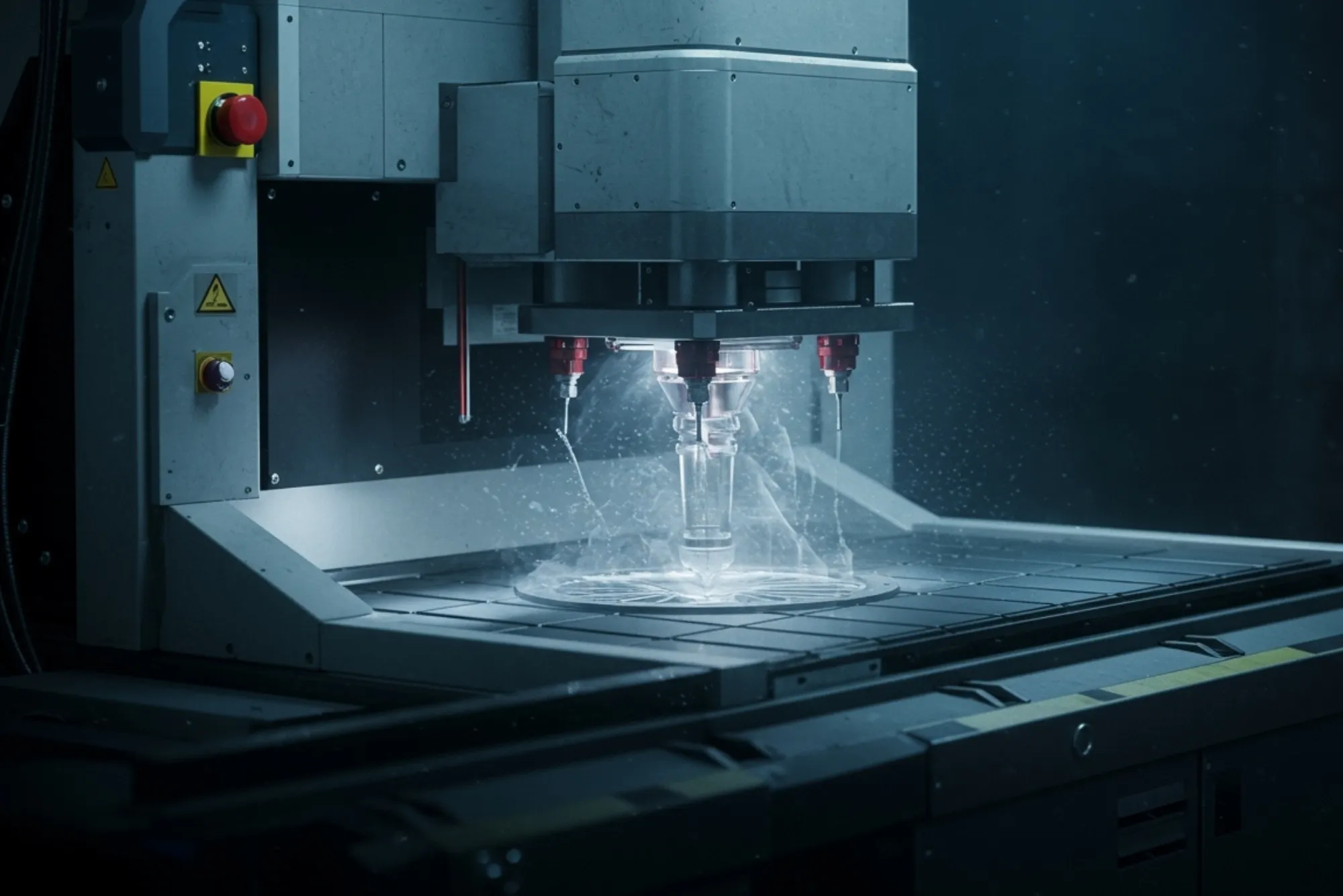If you’ve ever worked with metal restoration, automotive parts, industrial equipment, or even delicate historical artifacts, you know how challenging it can be to remove rust, paint, grease, or surface contaminants without damaging the material underneath. Traditional methods like sandblasting, chemical cleaning, or manual scrubbing usually come with drawbacks—abrasion, toxic fumes, or high labor costs. That’s exactly where the laser cleaning machine is changing the game.
Laser cleaning technology is becoming a trusted solution across industries because it provides a fast, eco-friendly, and non-abrasive way to clean surfaces with high precision. As someone who has seen this machine in action, I can confidently say: it’s not just a tool, it’s the future of smart industrial maintenance.
In this article, let’s take a deep, practical look at how a laser cleaning machine works, why it’s growing in popularity, and how it compares to other laser-based tools like laser cutting—another widely used industrial process.
What Is a Laser Cleaning Machine?
A laser cleaning machine is a device that uses a high-energy laser beam to remove unwanted materials like rust, oil, oxides, paint, or residue from a surface. Instead of scrubbing, blasting, or dissolving contaminants, it uses controlled laser pulses to evaporate or disintegrate them instantly.
One of the most impressive things about this technology is that it removes only the top layer of contamination while leaving the original material untouched. Whether it’s metal, stone, plastic, or even cultural artifacts, laser cleaning can be calibrated with extreme precision.
How Does Laser Cleaning Actually Work?
The science behind it is simple but fascinating. A pulsed laser beam hits the surface, absorbs into the layer of rust or coating, and converts it into gas or dust. Since the laser wavelength is carefully tuned, it only reacts with the unwanted material—not the base surface. This is called selective cleaning, and it’s the secret behind its non-abrasive nature.
Instead of grinding or sanding, you are literally removing contamination with light. No physical contact. No chemical reactions. No secondary waste.
Key Benefits of Using a Laser Cleaning Machine
The reason industries are rapidly adopting laser cleaning machines isn’t just because they’re modern—they solve real problems.
Non-abrasive and material-safe
No scratching, denting, or thinning of surfaces, which is a major concern in aerospace, defense, and heritage restoration.
Eco-friendly and chemical-free
Unlike paint thinners or acid cleaners, there are no harmful fumes, no chemical storage issues, and almost zero waste.
Cost-effective over time
The initial investment is higher than traditional tools, but running costs are extremely low. No consumables, no sandblasting media, no chemical drums.
Precise and operator-friendly
You can control laser intensity, speed, and focus. That means you can clean a fragile statue or a massive ship hull using the same technology—just with different settings.
Works on varied materials
Steel, aluminum, copper, stone, glass, polymer, and coated metals—laser cleaning can handle them all.
Common Uses of Laser Cleaning Machines
From factories to museums, here’s where you’ll commonly find them in action:
-
Rust removal from metal tools, car parts, molds, and industrial equipment
-
Oxide cleaning before laser cutting or welding (ensures smoother results)
-
Paint and coating stripping from walls, machine bodies, aircraft panels
-
Oil and grease removal from engine blocks and production lines
-
Surface preparation before bonding, coating, printing, or soldering
-
Cleaning historical artifacts—monuments, sculptures, inscriptions, coins
What’s surprising is how versatile a single machine can be. One day it’s cleaning brake discs in an automotive factory, and the next it’s restoring a 200-year-old bronze statue without damage.
Comparing Laser Cleaning and Laser Cutting
Since both use high-powered lasers, people often confuse laser cleaning with laser cutting. But they are built for completely different goals.
Laser cutting is designed to slice through metals, woods, plastics, and other materials with extreme accuracy. The laser melts or vaporizes the material entirely, creating a clean edge. It’s one of the most precise cutting technologies in manufacturing and is used in industries like signage, metal fabrication, engineering, and electronics.
Laser cleaning, however, doesn’t cut into the material at all. It only removes the contaminant layer on top. So while both use industrial lasers, one is subtractive manufacturing, and the other is surface treatment.
Interestingly, many factories use both technologies together. For example, before performing laser cutting, operators often use laser cleaning to remove oxides or rust so the cut is cleaner and more stable.
Why Laser Cleaning Is Replacing Traditional Cleaning Methods
If you’ve ever used sandblasting, wire brushing, or chemical stripping, you already know the disadvantages: dust clouds, protective suits, surface damage, toxic fumes, noisy workspaces, and long cleanup times.
Laser cleaning solves almost all of those issues:
| Traditional Method | Main Problem |
|---|---|
| Sandblasting | Abrasive, damages material, creates dust |
| Chemicals | Hazardous fumes, disposal issues, high cost |
| Manual cleaning | Slow, labor-intensive, inconsistent |
| Heat removal | Can warp or weaken the material |
Laser cleaning is silent, accurate, and clean. Once you’ve used it, everything else feels outdated.
Is a Laser Cleaning Machine Worth the Investment?
For small workshops, the upfront cost may feel high. But for industries that work with machinery, metal parts, molds, aerospace components, or historical conservation, the ROI is undeniable. Some companies recover the investment within a year because:
-
No consumable materials are required
-
Workers need less PPE
-
Cleaning is faster and more consistent
-
Rework and surface damage are drastically reduced
Plus, regulations around chemical use and dust emissions are becoming stricter. Companies are shifting to laser cleaning not because it’s trendy—but because it future-proofs their operations.
Real-World Example: Automotive Industry
In a car manufacturing plant, components like brake parts, welding sections, and engine parts must be spotless before welding or bonding. Laser cleaning ensures the surface is oxide-free without damaging precision parts, unlike sandblasting.
It also integrates easily with robots, meaning you can automate the entire cleaning workflow. That’s why major car brands are shifting from manual methods to robotic laser cleaning systems.
Final Thoughts: A Technology That’s Here to Stay
The shift toward smarter, cleaner, and more precise manufacturing is already happening, and the laser cleaning machine is part of that revolution. Whether you’re in aerospace, tooling, automotive, or restoration, this technology offers a safer, faster, and better alternative to traditional cleaning.
And when combined with other laser technologies like laser cutting, it forms a complete digital manufacturing ecosystem—precise, automated, and cost-efficient.
If you’re planning to upgrade your workshop, reduce waste, or future-proof your industrial process, a laser cleaning machine is no longer a luxury—it’s an investment in cleaner and smarter production.






